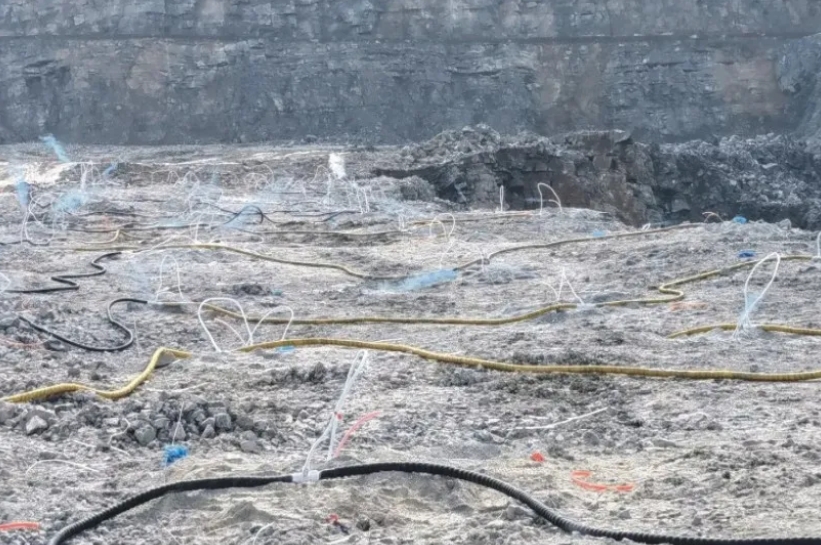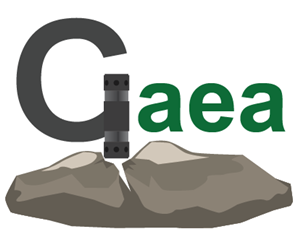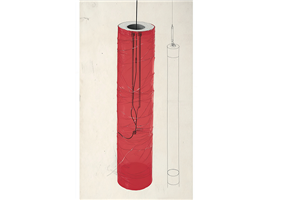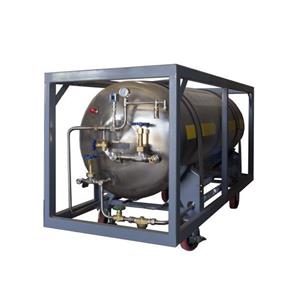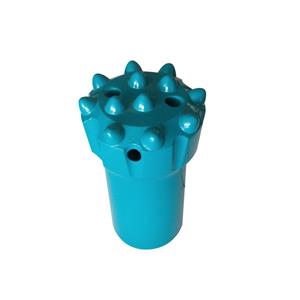Can the powerful O2 rock blasting system technology replace explosives?
In recent years, open-pit mining has become increasingly large-scale and ecological. Rock drilling construction is the first process in open-pit mining. With the development of the industry, large-scale mining and rock drilling have become increasingly prominent, such as large fossil energy consumption, difficult dust control, and insufficient waste recycling. In addition, the soaring international crude oil prices and the increasingly stringent national environmental protection and safety control have made it imperative to improve rock drilling construction technology.
At present, there are more than 3,000 domestic sand and gravel aggregate equipment manufacturing companies above a certain scale, several of which have sales of more than 1 billion yuan, and about 15 with sales of 500 million to 1 billion yuan; nearly 20 companies from other countries have entered China.
The large-scale use of fossil energy and high energy consumption during use, the use of large electric rotary drills in large-diameter blasting, the high investment, high energy consumption, and high risk brought about by the grid connection are the key to affecting the cost and efficiency of rock drilling. To solve these two major problems, we must adhere to scientific and technological innovation and break the theoretical constraints of traditional rock drilling machinery.
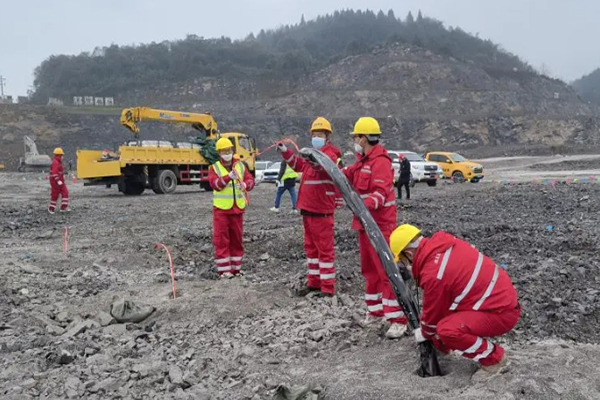
In recent years, sand and gravel production enterprises have seized the "dual carbon" opportunity and accelerated the green and low-carbon transformation of enterprise energy. Green, low-carbon, safe, efficient and lower cost have become the direction pursued by enterprises. "Supercritical liquefied air energy (LAES) non-supplementary rock breaking" technology is a typical example of original and disruptive scientific and technological innovation.
This technology compresses and cools air to a low temperature and then expands it. It has a high energy density and can expand rapidly several times; it is a deep cold energy and a supplementary technology for traditional explosive blasting methods. It uses deep cold liquefied air as a medium and uses its physical property of rapid expansion several times to conduct it to rock or concrete structures to achieve destruction. In simple terms, it uses compressed air as energy to "replace explosives" to achieve blasting.
It can be applied to rock crushing projects, improve the mechanical construction efficiency of non-explosive rock breaking projects, solve the prevention and control design of 300-meter safety distance, complex landforms and water-rich areas, and flystone blind blasting, alleviate the conflict between mines and land caused by blasting vibration, and reduce the differentiation rate of stone materials.
Process flow: oil-free compressed air supply → organic-free drilling → energy storage tube placement → distribution → on-site canning → network exhaust → energy release → recovery conduit
Technical features: Low vibration: liquefied air energy release is a low-vibration rock breaking, which is about 70% lower than the vibration of traditional explosive blasting, and is called flexible rock breaking. It is suitable for medium and deep holes and slope pre-cracking for large-scale step blasting. For sand and gravel aggregate mining, it has the effect of significantly reducing the pulverization rate.
② Green and low-carbon: Unlike general blasting technology, there are no chemicals and hazardous substances in air blasting work, which will not affect the environment and human body. Only slight noise and gas release will be generated during the work process, and no pollution will be caused to the surrounding environment.
③ No explosive and dangerous chemicals: Air energy blasting does not use flammable and explosive explosives, so there is no safety hazard caused by explosives. At the same time, since it does not produce sparks and static electricity, it is safer to use in flammable and explosive places.
With its outstanding features such as green, low-carbon, safe, efficient and lower cost, this technology can be widely used in related business fields such as mining engineering, water conservancy and hydropower, pumped storage, etc.
